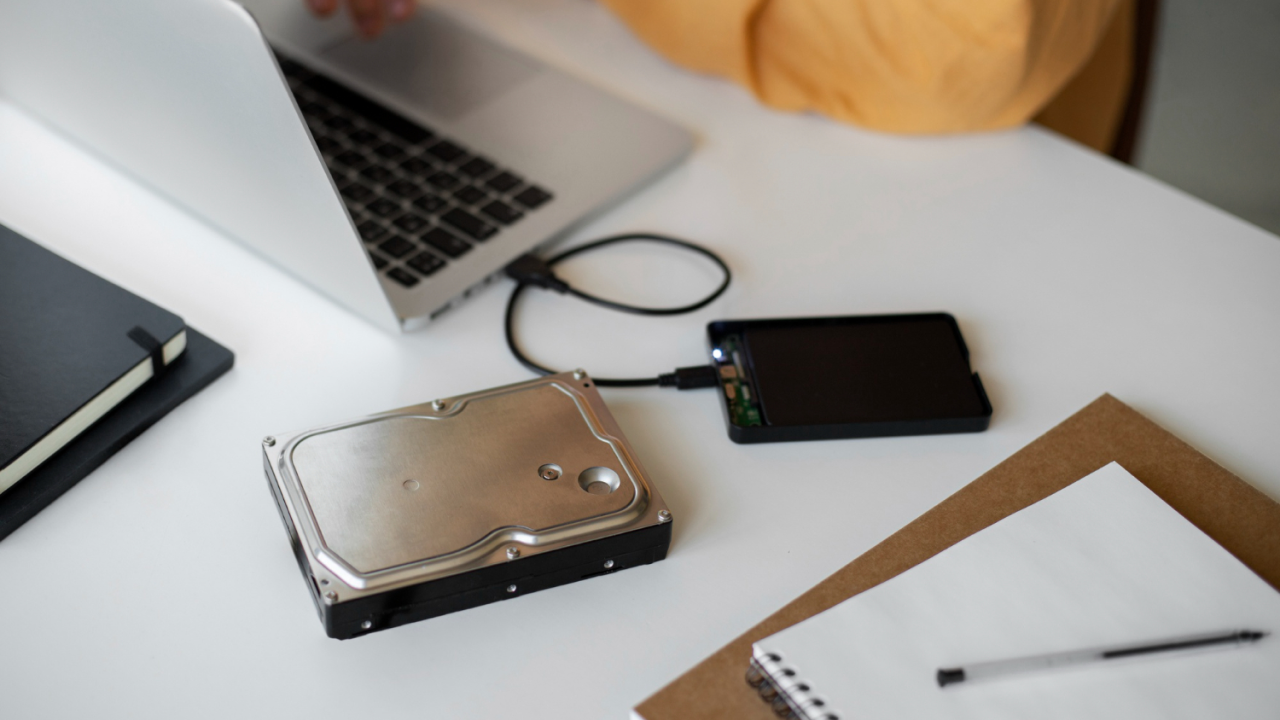When some problems such as hard drive corruption occur on your Mac, or if you need to perform account maintenance such as resetting passwords or fixing account permissions, then you will need to use the tools that Apple includes on the hidden Recovery drive that is part of OS X. However, in some cases such as for RAID arrays, you may not have a recovery partition, in which case there are several alternatives you can use, even if you are limited by your internet connection:
Internet Recovery
If you have a relatively speedy internet connection, you can boot with the Option-Command-R keys held, to force your Mac to load the internet recovery tools from Apple’s servers. They are about 500MB in size, so while the most popular alternative, it may not be feasible to use in all circumstances.
Time Machine
If you have Time Machine configured with your Mac, then it may be useful to know the drive should have a fully bootable recovery partition associated with it. While this will not support all features that the default recovery partition offers, it is one way to quickly reinstall or recover OS X from a backup. To access this partition, ensure the Time Machine drive is attached to your Mac, and then reboot with the Option key held. When the list of boot drives shows, choose the Time Machine drive.
Another Mac or boot drive
Finally, if you have the OS X installer handy (ie, downloaded from the App Store), you can use it to install OS X to an available external hard drive, and then boot to this drive to run utilities on your main hard drive. While you can use the installer to create a dedicated recovery drive, installing OS X to an external drive will create this recovery drive by default, and you will have the additional benefit of a fresh and fully working OS X installation at your fingertips.
Alternatively, you can boot your Mac into Target Disk Mode by restarting and holding the T key when you hear the boot chimes, and then attaching your Mac to another via Firewire or Thunderbolt cabling. This will allow your Mac to be an external drive to the second Mac, which can be used to run diagnostics and other tools. You can even boot to the second Mac’s recovery drive, and use these tools on the Target Disk drive.
With these options, you should have all you need to recover your Mac or run various low level administration routines on your system in the event that you either do not have a recovery partition, or cannot access it.
